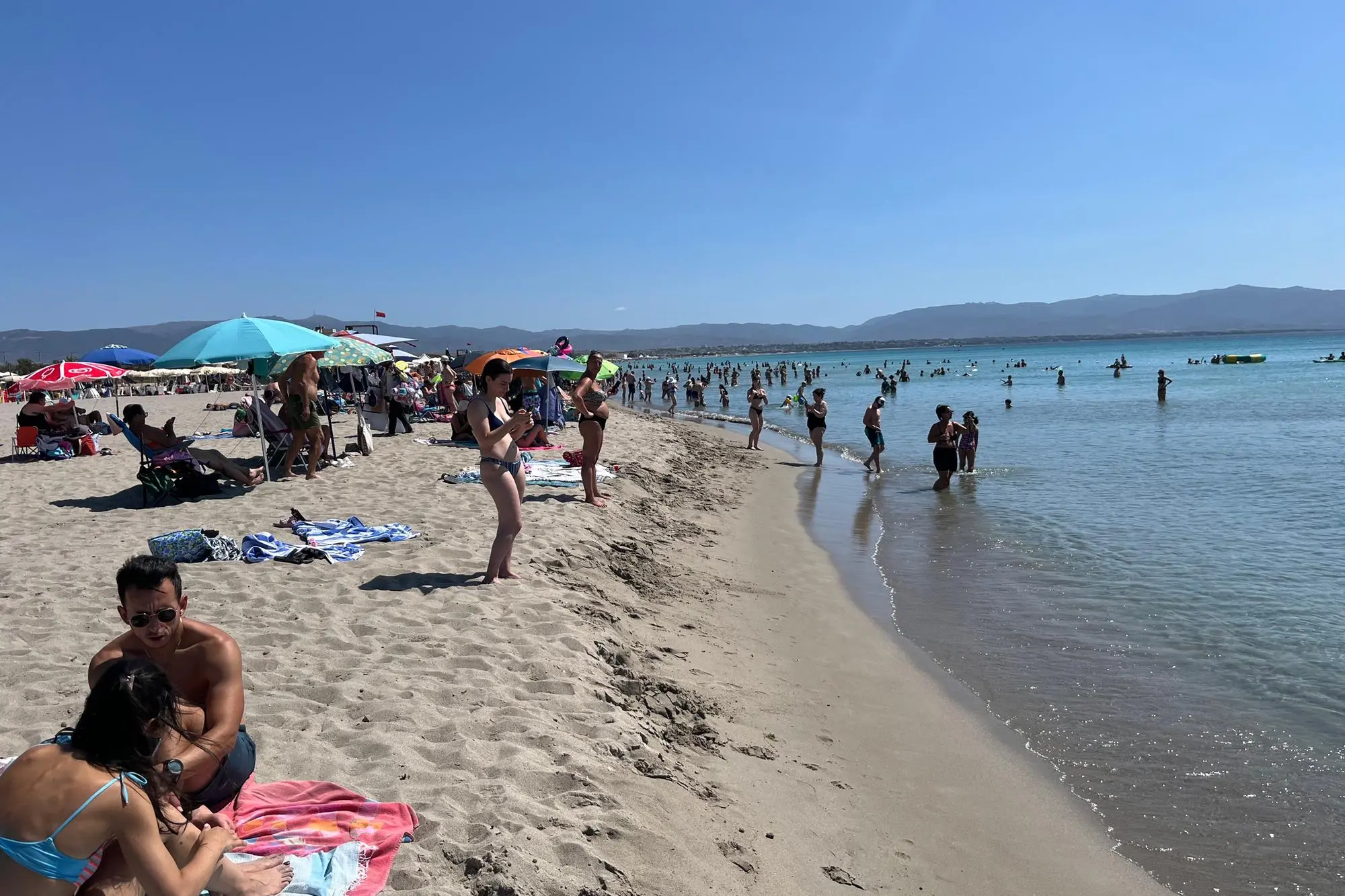Sardinia, bacteria alarm in the sea: 33 contaminations since April
The expert: "These phenomena are becoming increasingly widespread due to water heating."Per restare aggiornato entra nel nostro canale Whatsapp
Escherichia coli appears to be the new enemy of the Sardinian sea, sometimes in combination with enterococci, another bacterium that normally inhabits the intestines of mammals and from there enters the water via sewage. This is confirmed by the 2025 report from ARPAS, the Regional Environmental Agency, which measures microorganism levels from 634 monitoring stations scattered across the island's 2,400 kilometers of coastline to protect public health. The latest alert was issued yesterday in Siniscola, in front of the Torre di Santa Lucia.
The case of Baronia, in that seaside village so popular with tourists, is the 33rd contamination since April, the month in which ARPAS (the Italian Environmental Protection Agency) annually begins monitoring bathing waters – as they are called – according to a schedule that extends until September.
The geography of contamination spares no part of the island. The first bacterial alert of 2025 was triggered on April 9th in Stagnali, on the island of Caprera. From there, in no particular order, Stintino, Orosei, and Santa Teresa di Gallura, as well as various stretches of sea along the Costa Smeralda, in the municipality of Arzachena. Abnormal sampling was also observed in Cuglieri, Alghero, and Bosa, on the opposite side of Sardinia. And then: Capoterra, Quartu, and Cagliari, both in Poetto, between the Marino hospital and the Ottagono, and in Giorgino. And then: Sassari, Badesi, and Golfo Aranci.
